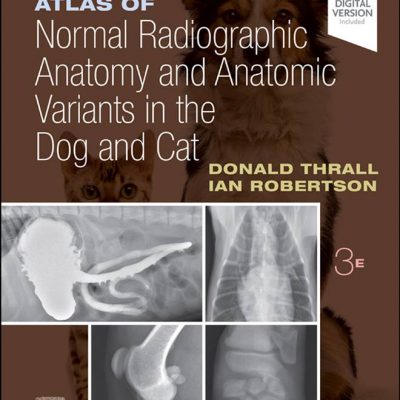
Human and Nonhuman Bone Identification, A Color Atlas
by Diane L. France
December 2008

When a bone of unknown origin is found at a location, forensic implications arise immediately. Is this bone human, and if so, is it evidence of a murder? Human and Non-Human Bone Identification: A Color Atlas presents a comprehensive handbook of photographs and other information essential for law enforcement and forensic anthropologists when examining skeletal remains and determining species and body parts.
Presenting over 3000 color photographs, this atlas is a practical comparative guide to the differences among species for nearly all bones in the body. Useful in either the laboratory or the field, it features images of the types of bones that are most commonly discovered, and provides annotations pointing out salient features.
The book begins with a section on general osteology and explains the major anatomical differences between humans and other animals. It compares human and non-human bones, categorized by type of bone, and includes most of the major bones in humans and non-humans. The third section discusses non-human skeletal elements, categorized by species, and explores numerous skeletal elements within those species.
This book is also available on a fully searchable DVD: Catalog no. 62964
Includes Bones from the Following Species!
Moose, Elk, Deer, Bison, Cow, Antelope, Mountain Sheep, Domestic Sheep, Llama, Horse, Bear, Wolf, Coyote, Domestic dog, Mountain lion, Bobcat, Raccoon, Badger, Skunk, River Otter, Beaver, Porcupine, Marmot, Prairie dog, Rabbit, Norway rat, Squirrel, Armadillo, Opossum, Vampire bat, Seal
- Offers the most comprehensive collection of comparative osteology specimens
- Presents photographs of similar bones from different angles and shows them in juxtaposition with human bones
- Categorizes by type of bone and species
- Provides examples of bones that may be confused with the bone in question
- Includes bones for humans and 31 other species






